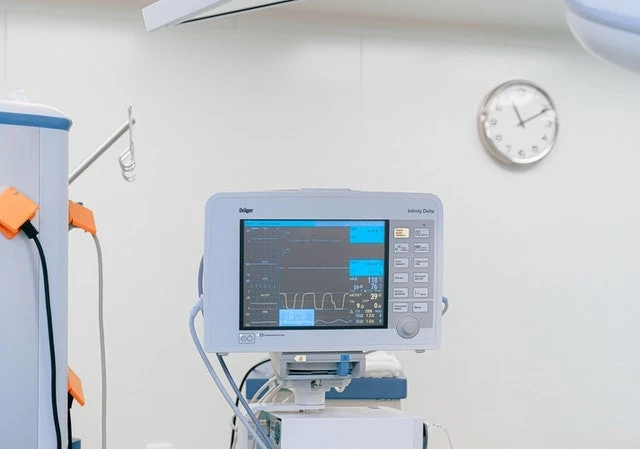Medical Devices: Directives and Standards
Add bookmarkThe term medical devices covers a wide range of products, from simple tongue depressors to highly complex pacemakers. Some 10,000 products are officially classed as medical devices, and, all of these must meet the highest possible standard to ensure that public safety is in no way compromised by their use.
The Medical Devices Directive applies to all of these products, from first aid bandages to x-ray equipment, and provides a safeguard to ensure that all medical devices are of an internationally agreed quality.
Further products covered by the Medical Devices Directive include hip prostheses, breast implants, ECG machines, heart valves, spectacles and dental materials.
All items covered by the Medical Devices Directive must meet certain safety and administrative standards. Many nations across the world have devised similar standards, which are overseen by their respective health, or food and drug, authorities.
Growing numbers of medical devices
Far from being an unchangeable set of rules, the Medical Devices Directive adapts to reflect technological developments and the needs of the pharmaceutical and medical industries.
The Medical Devices Directive is also designed to maintain competitiveness within the sector, which contains 7,000 business entities in Europe alone.
[inlinead]
As a European-wide standard, once devices have been approved they can be sold anywhere within the continent without being subjected to additional national requirements.
The number of medical devices on the market continues to grow. The ECRI Institute now has more than 24,500 terms within its Universal Medical Device Nomenclature System and it has added 4,000 more for 2010.
These cover items including information systems, software, in-vitro diagnostics, molecular and genetic tests, capital equipment, implantable devices, assistive devices, and consumables.
Medical device terms included in the ECRI Institute's nomenclature are recognised by the Healthcare Information and Management Systems Society and the Committee on Data Standards for Patient Safety of the Institute of Medicine in the United States.
Medical Device Directive classifications
Medical devices are placed in different classifications, ranging between I and III, depending on a number of factors which generally indicate the controls needed to ensure the device is both safe and effective.
Class I must meet the general requirement of the Medical Devices Directive, classes IIa and IIb require both general controls and specific controls, while class III devices require general controls and pre-market approval.
A set of rules has been drawn up to determine which category devices belong to, rather than a solid list that would require almost constant updating.
In general, classifications are based on whether the device is intended to be in continual use, if the device is invasive or surgically invasive, if the item is implantable or active and if it includes a component, which is considered to be a medicinal substance in its own right, and has action which is additional to that of the device.
Software as a medical device
Changes to the Medical Devices Directive mean that, in some circumstances, software can be considered to be a medical device in its own right. The alterations reflect the increasing role products containing software play in medical care and the complexity of this software.
According to the European Commission, software can be regarded as a medical device if it is "specifically intended by the manufacturer to be used for diagnostic or therapeutic purposes."
In terms of classification under the Medical Devices Directive, "software which drives a device or influences the use of [it] falls automatically in the same class [as that device]."
Prior to the amendments to the directive, no harmonised standard existed for software used within medical devices.



















